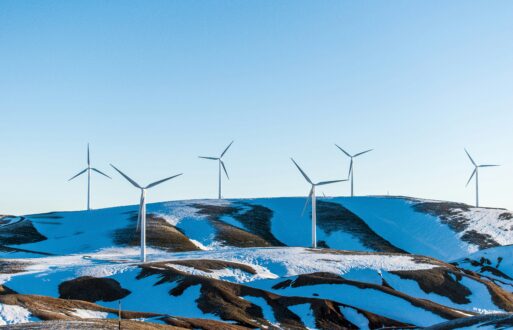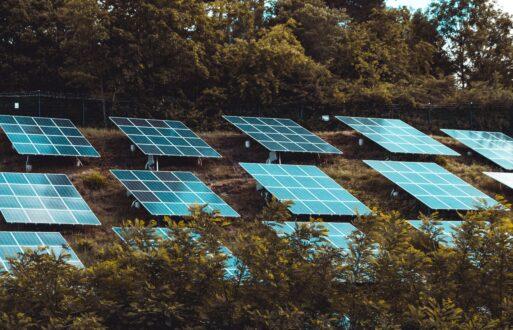As the U.S. energy industry responds to President Joe Biden’s commitment to a zero-emission electricity sector by 2035, there will be many challenges to overcome. One of the key questions the industry must answer is the role natural gas will play in a net zero future.
The energy industry believes natural gas will be a bridge to a net zero future as the nation transitions from coal-fired power plants to cleaner energy sources, including wind and solar. They’re concerned that the battery storage infrastructure needed to overcome the intermittency of renewable energy generation is not yet developed enough. They believe natural gas, which is cleaner than coal, can continue to provide reliable electricity while those greener technologies are developed.
Here are a few things to consider as we look at the role of natural gas in our energy future.
Natural Gas Leads the Way
According to the Energy Information Administration (EIA), in 2020, natural gas accounted for 40% of all electricity generation in the U.S. It’s the single largest fuel source for this nation’s power plants. Nuclear, coal, and renewables each generate approximately 20% of the nation’s power.
According to Bloomberg, utilities in the U.S. will continue to invest in natural gas production, with more than $70 billion being funneled to develop new gas-fired power plants between now and 2025. That said, the landscape is changing. In addition to the federal mandate, states like California are establishing their own clean energy mandates – in California, Senate Bill 100 requires 100% clean energy by 2045. Several cities, including Berkeley, California, and New York City, are going further by enacting bans on new natural gas infrastructure. In light of these new requirements, nearly two dozen utilities have committed to net zero carbon emissions by 2050.
Reaching Net Zero
To reach their net zero goals, utilities are getting creative with their new infrastructure. The Los Angeles Department of Water and Power is building a new power plant at a soon-to-be decommissioned coal plant. The new plant will burn both natural gas and clean hydrogen when it opens in 2025. The plant will run on a 70/30 split of natural gas to hydrogen at the start, but company leadership expects it will shift to 100% hydrogen by 2045.
Renewable Natural Gas
To meet their climate goals, states like California, Washington, and Oregon are also working to integrate renewable natural gas into their energy mix. Renewable natural gas (RNG) comes from biogases captured as organic matter decomposes. It can be sourced from landfills, wastewater, food waste, and other organic feedstocks. The biogas is then processed to remove water, carbon dioxide, and contaminants.
RNG is interchangeable with conventional natural gas, and it can be used either as compressed natural gas (CNG) or liquified natural gas (LNG). It can also be distributed through natural gas transmission and distribution lines, just as conventional natural gas. Today, it’s primarily used in natural-gas-powered vehicles, though it could be used in various other applications, including in electricity generation. RNG could be a powerful component in the path to net zero.
Are you interested in more news about net zero goals in the U.S.? Read “Net Zero Goals Drive Change for the U.S. Energy Industry” on the PCI blog. If you’re looking for solutions for your renewable energy trading and scheduling, we have those too.







